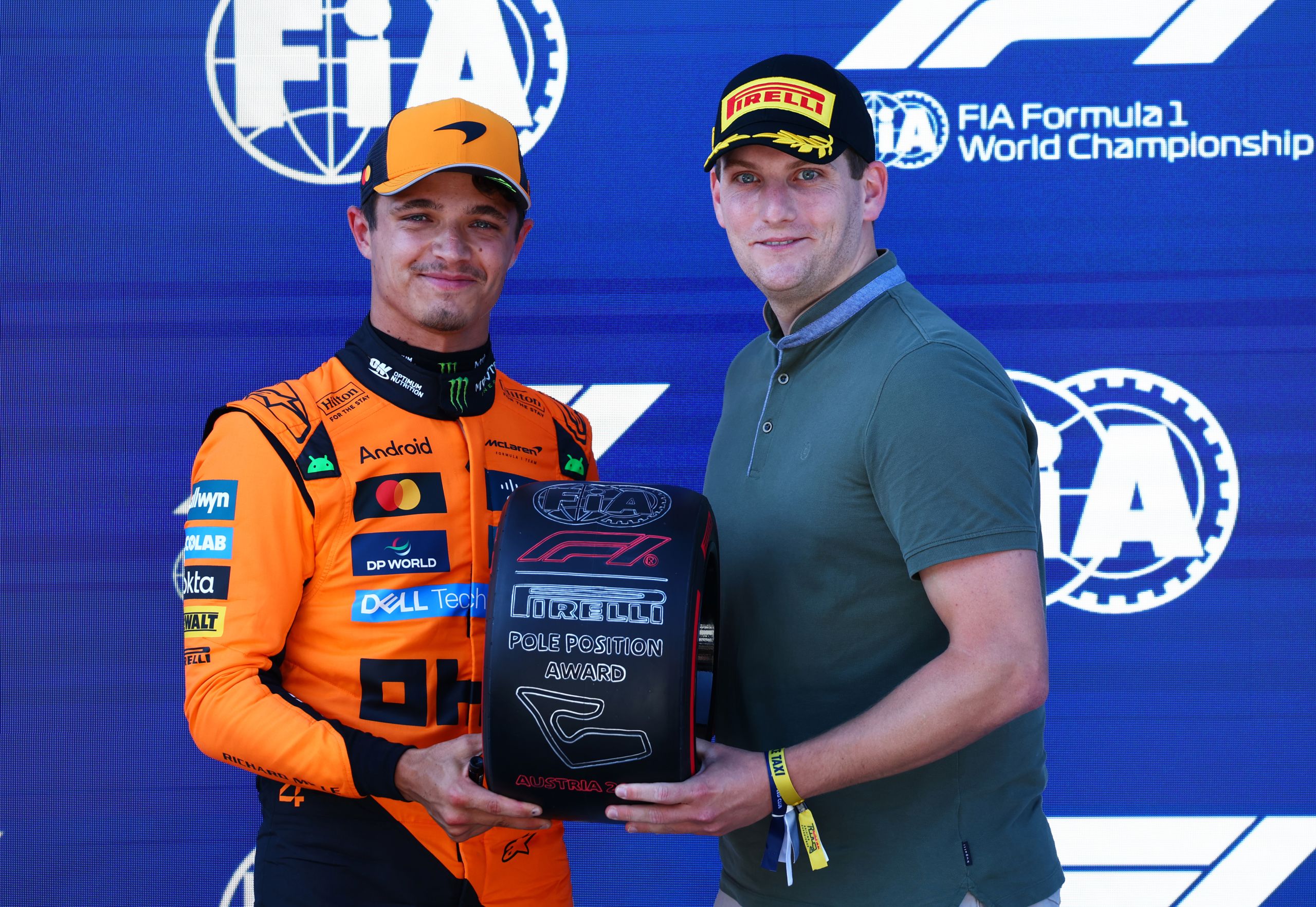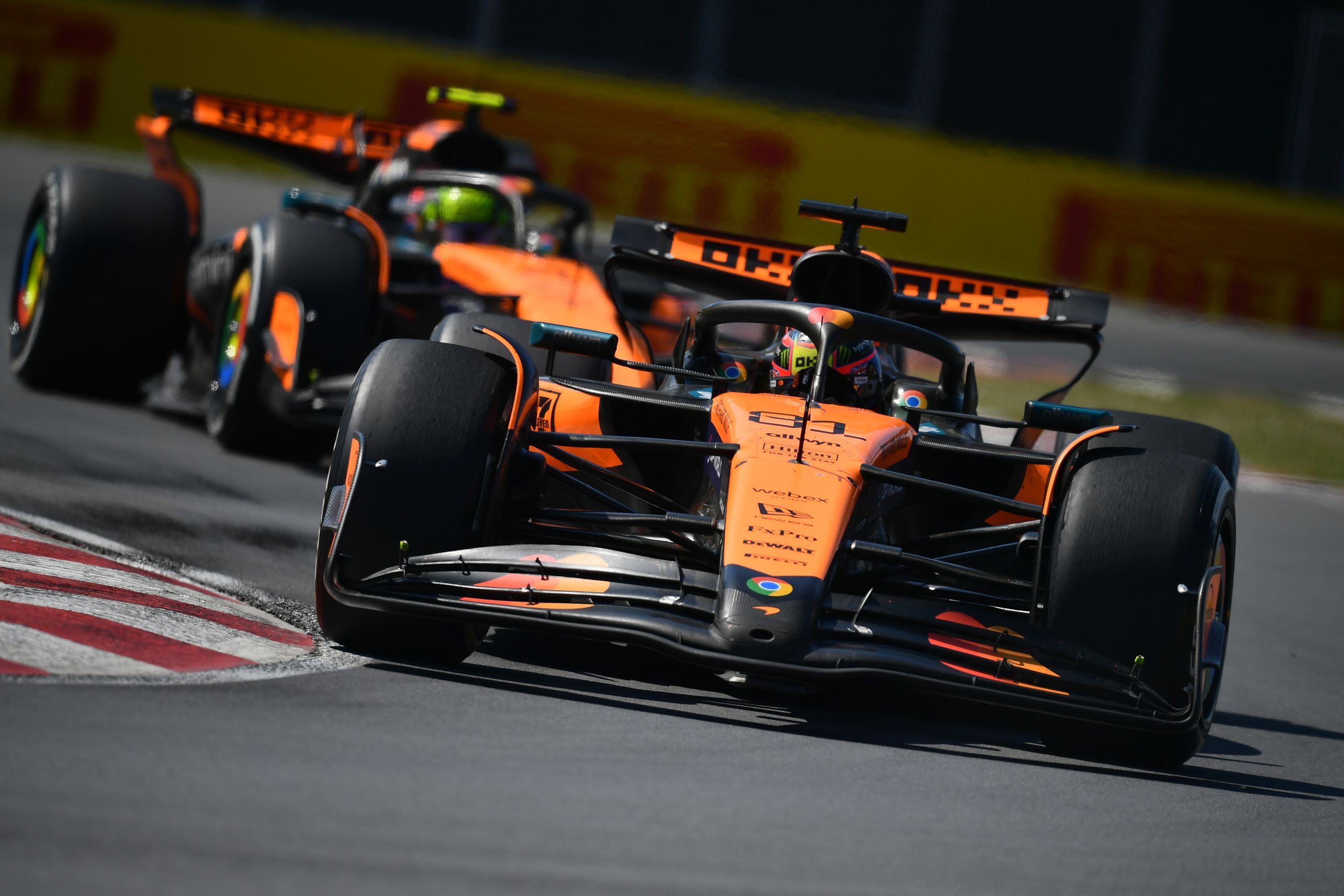The Formula 1 Six Point Safety Harness


Since its inception, Formula 1 has represented the pinnacle of motor racing, where speed and performance are matched by an uncompromising commitment to safety. Among the many safety advancements that have been integral to the sport, the six-point safety harness stands out as a foundation of driver protection. Initially, F1 cars adopted simpler belt systems, but safety concerns necessitated the evolution of these systems.
The adoption of the six-point safety harness in 1972 marked a significant milestone in Formula 1’s safety journey. This harness configuration effectively secures the driver within the cockpit, providing critical support during high-speed races and in the event of collisions. With a design inspired by aviation, the six-point harness distributes impact forces across stronger parts of the body, reducing the risk of injury.
Key Takeaways
- The six-point safety harness is a critical innovation in F1 safety, designed to distribute crash forces across the body and prevent injuries during high-speed impacts, representing a pivotal advancement in driver safety equipment.
- Continuous technological evolution in materials and design has enhanced the effectiveness of the six-point harness, ensuring it meets the stringent safety standards set by the FIA and contributes to the sport’s ongoing commitment to driver protection.
- The integration of the six-point safety harness with other safety systems, such as the HANS device and monocoque chassis construction, has significantly increased driver survivability rates in the event of a crash, reflecting Formula 1’s dedication to pioneering safety advancements in motorsports.
Evolution of Racing Safety
Vehicle racing has consistently pushed the boundaries of technology, prompting significant advancements in safety equipment. These innovations serve the vital function of protecting drivers during high-speed competitions.
Early Safety Measures
In motorsport’s initial years, particularly entering the 1950s, the concept of driver safety was in a nascent stage. Early Formula 1 cars had few safety features, with drivers often wearing minimal protective gear. The introduction of simple lap belts marked the beginning of safety restraints in the sport. These provided a basic level of security, anchoring the driver to their seat and reducing the risk of being thrown from the vehicle in an accident.
As the 1960s progressed, safety concerns became more prominent, largely due to advocacy from leading drivers like Jackie Stewart. Stewart, a three-time World Champion, became a vocal proponent for improved safety measures after witnessing several fatal accidents. This period saw the integration of fire-resistant materials in race suits, offering drivers critical protection against fires, a common hazard in the sport.
Helmet design also evolved during this era. Originally, drivers wore cork helmets, which offered scant protection. The need for better head protection led to the development of stronger, more durable helmets. By the end of the 1960s, full-face helmets had become standard, significantly enhancing driver safety.
A landmark year for safety was 1970, when the Formula 1 Six Point Safety Harness was mandated for use in the sport. Prior to this, drivers were restrained inadequately by two-point waist restraints or four-point harnesses, which did not prevent submarining, where a driver might slide under the lap belt in a collision. The six-point harness addresses this by incorporating additional straps that secure the driver’s legs, distributing crash forces more evenly across the body, and reducing the risk of injury.
This period of innovation in safety measures was essential in establishing the standards that would go on to form the basis of modern racing safety protocols. The combined efforts of drivers, engineers, and regulatory bodies led to significant improvements in the construction of race cars and protective gear, setting the stage for continuous advancements in the field of motorsport safety.
The Six Point Safety Harness
The six-point safety harness is an essential safety component in Formula 1, providing drivers with support and security during high-speed races.
Design and Functionality
The design of the six-point safety harness features six anchorage points: two over the shoulders, two at the sides around the pelvic region, and two between the legs near the crotch area. This configuration ensures that the forces exerted during a crash are evenly distributed across the body, reducing the risk of injury. The pelvic straps play a crucial role in preventing the driver from submarining, which is when the body slides under the lap belt in a frontal collision.
- Elements of a 6-point harness include:
- Two shoulder straps
- Two pelvic straps
- Two crotch straps
These components are made using high-tensile materials like polyester textile fibers, which are valued for their strength and durability. Adjustments in the straps allow for a secure fit, accommodating variations in driver size while ensuring a firm positioning.
Advancements and Materials
Over the years, harnesses in Formula 1 have evolved significantly. They now incorporate advanced materials such as titanium buckles and fittings, which contribute to a reduction in overall vehicle weight without compromising safety. The textile fibers used, such as polyester, are selected for their high resistance to abrasion and their ability to maintain integrity under extreme conditions.
- Progression in materials:
- Use of titanium for buckles and fittings
- Harnesses crafted from textile fiber polyester
The enhanced materials like titanium combined with sturdy textile fibers ensure these harnesses meet rigorous safety standards and contribute to the remarkable safety record of modern Formula 1 racing. They are subject to continuous testing and improvements, which reflects motorsport’s firm commitment to driver safety.
Regulatory Standards and Driver Safety
The evolution of Formula 1 safety gear, including the Six Point Safety Harness, reflects the commitment to driver safety through FIA regulations and technological advancements.
FIA Regulations and Compliance
The Fédération Internationale de l’Automobile (FIA) enforces rigorous standards for racing equipment. The Six Point Safety Harness, mandatory in Formula 1 since 1972, is one such regulation aimed at increasing driver protection during high-speed impacts. Nomex fabric, used in the construction of safety harnesses, provides critical resistance to high temperatures. Regulations are specific concerning the safety belt systems, requiring periodic replacement to counteract material degradation. Expiry dates on harnesses are strictly observed to maintain integrity.
Impact on Driver Survivability
In the event of a crash, the use of the Six Point Safety Harness, in conjunction with the Head and Neck Support (HANS) device, significantly reduces the G-force impact on the driver’s body. The harness distributes impact energy across a wider area of the driver’s torso and pelvis, while the HANS device sustains the head and prevents excessive neck motion. These safety measures have transformed the survivability rate in high-speed crashes. Advanced monocoque design also contributes to driver safety by absorbing and dispersing impact forces more effectively during a collision, working in tandem with the Six Point Safety Harness to provide emergency protection.
Technological Integration in Formula 1
The integration of advanced technology is fundamental to the progression of safety in Formula 1, with a persistent focus on helmets, headgear, and cockpit safety features, all of which are tailored to protect drivers from high-speed impacts and fire hazards.
Helmets and Headgear
Helmets in Formula 1 have evolved into sophisticated pieces of safety equipment. Comprising materials such as carbon fiber, they offer extraordinary protection while maintaining a light weight. Full-face helmets, with advanced visors, shield drivers from both debris and extreme heat. Glove technology has also advanced, with many gloves being made from fire-resistant and breathable materials. The integration of heads-up display technology into visors is an ongoing development, aimed at enhancing driver awareness and communication from the dashboard.
- Helmet: Full-face design, flame resistant
- Gloves: Fireproof, provide grip
- Visors: Protect eyes, may integrate display technology
- Boots: Flame retardant, reinforced for protection & pedal control
Cockpit and Circuit Safety Features
The cockpit of a Formula 1 car is an amalgamation of safety and control. The introduction of the halo system was a significant leap forward in cockpit safety, designed to deflect debris and withstand severe impacts. Alongside the halo, wheel tethers are vital for preventing wheels from separating from the car during a collision. The circuit is equipped with the latest safety mechanisms, including the safety car that controls the pace during dangerous situations, and accident data recorders that gather crucial information for improving future safety measures.
- Steering Wheel: Command center, vital controls, and feedback mechanisms
- Halo System: Protects from debris, impact resistant
- Wheel Tethers: Prevent wheel detachment
- Safety Car: Pace control for track safety
- Accident Data Recorder: Collects collision data for analysis
How a six-point safety harness works
F1 drivers use six or seven-point harnesses to strap themselves into the cockpit of their cars, a similar set up to that found in fighter jets.
Two leg straps, two shoulder straps, and two pelvic straps allow the driver just enough movement in order to be able to steer the car and to reach the buttons and switches that are in their field of vision.
In racing cars, the driver is tightly pushed into his seat, with the aid of a mechanism that fastens the 6 or 7 belts. In the event of an accident or emergency, the driver must be able to leave the car in a maximum of five seconds, the time stipulated in the regulations. This is made possible as all the belts can be released with one twist of the hand. The tasks for the belts are clear; in the event of an accident, the belts should work with the mandatory HANS (head and neck support) to absorb some of the impact energy whilst protecting the driver from smashing into the steering wheel.
Asides from this however, the belts must be extremely tight in order to be effective at high g-forces and extreme high speeds. These g-forces are experienced by the drivers on braking, accelerating, and cornering. The driver himself cannot tighten his belts; this must be done by a mechanic before the race begins.
How do you fit a six point safety harness?
Comfort is relative in F1. If the belts don’t hurt at all, they are not tight enough.
So, why don’t the drivers fasten their own belts? This is all to do with the way the driver is sat in the cockpit. His body is low, his legs raised, and he has limited space by his arms with which to manipulate the safety belts. In a narrow cockpit, there is no elbow room for the driver, the six point harness straddling the shoulders of the driver, going around his waist, and up through the crotch to meet in a buckle.
On one hand, the belts in the six point harness have to be strong enough to protect on impact; however they must have enough give in them to ensure that the driver isn’t injured by the belts in the event of an accident.
To ensure that this dilemma is solved, the manufacturers carry out extensive tests to check the elasticity and strength of the materials used for the belts. Belts are generally made from textile fibre polyester with laterally woven mono-fibres. These fibres act like tiny springs that ensure the belt stays flat when strapped, the load being distributed over the whole width of the belt. The tabs and fittings of the belts are generally manufactured from titanium. In the event of an accident, it must be possible to get the driver out of the car still strapped to the seat if is deemed necessary by the emergency services.
Formula 1 six-point safety harness dimensions
For a belt to be approved by the FIA, the straps need to be between forty-four and seventy-six millimetres in width. For HANS usage, only this width of the strap is allowed. When the straps used are HANS Use only, in order to comply with regulations set out by the FIA, a HANS device must be worn. In order to be FIA approved, the straps across the lap can be either 76mm wide or 50mm, depending on the preference of the driver. Straps that go across the crutch are 44mm in width. Single-seater D crutch and loop straps have a loop that is 25cm on the end of 5-centimetre webbing to thread the strap through the D rings.
In accordance with 8853/98 FIA standards, all the fastening points of the belts must withstand loads of 14.7 kN, this being the equivalent of around 1.470 kg. So, multiply this by 6 or 7 straps, and this equals a total of 8.820 kilograms that is almost 9 tons.





